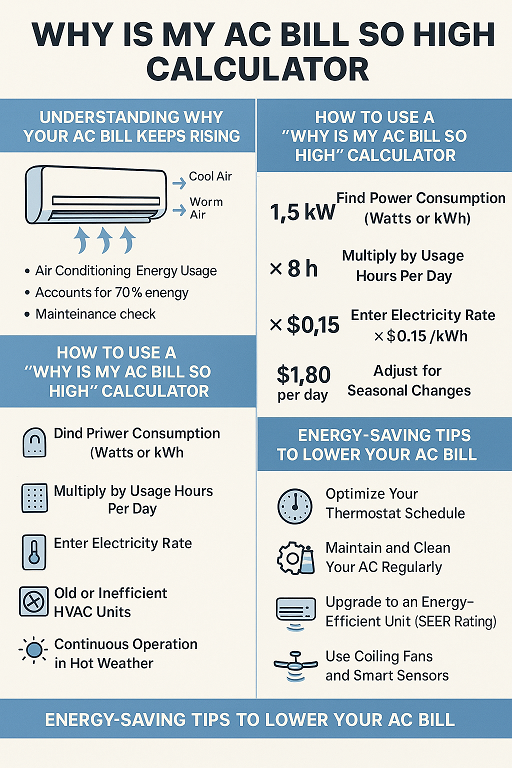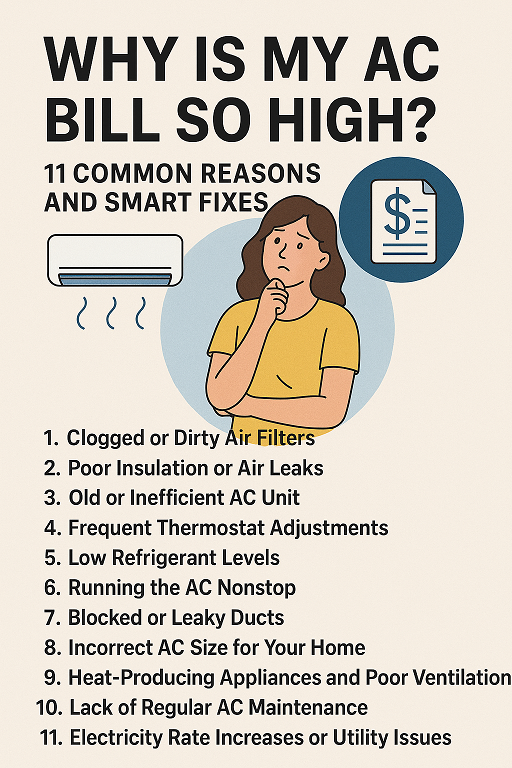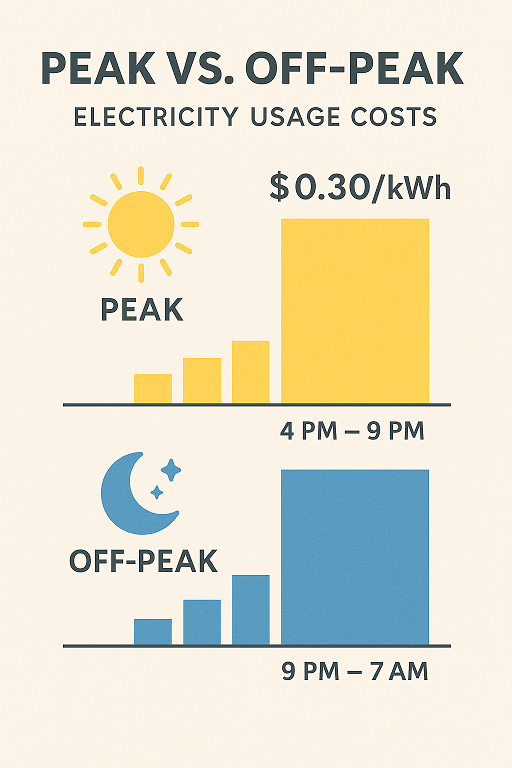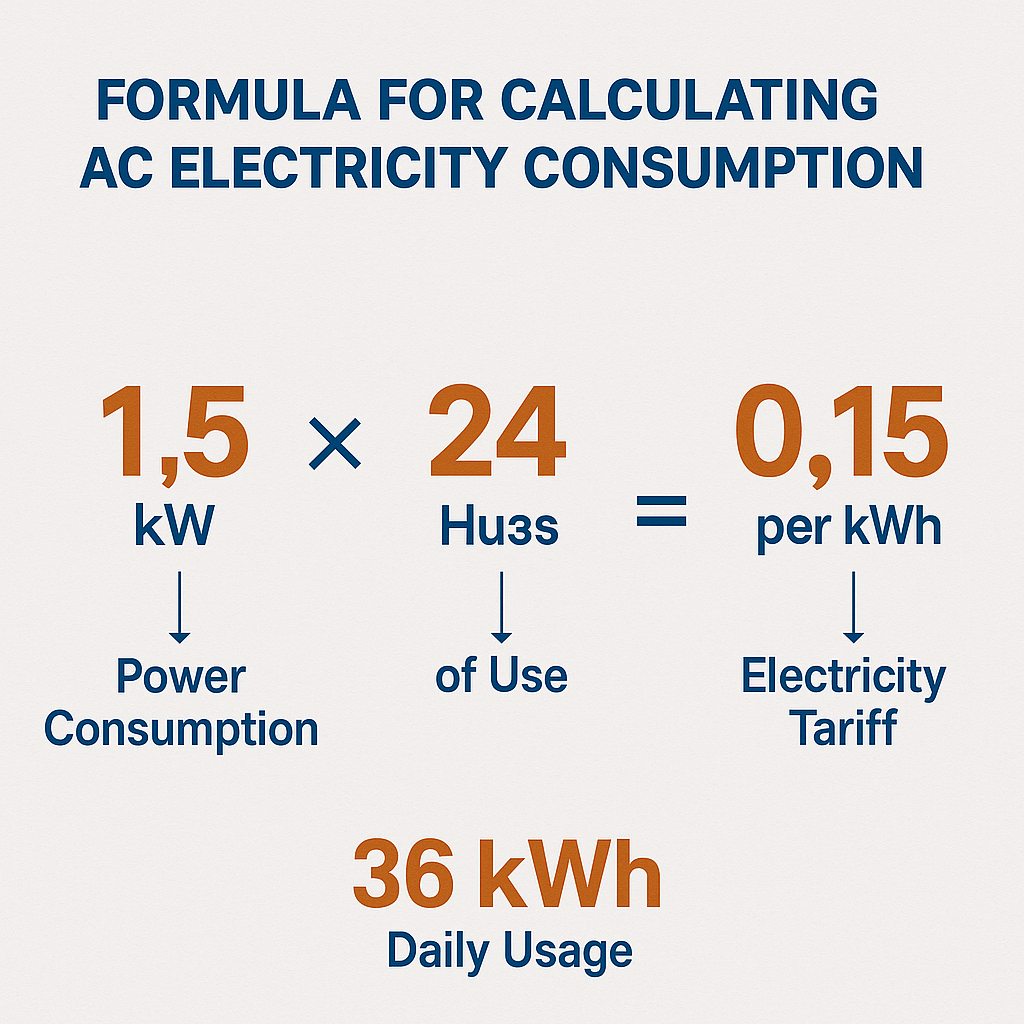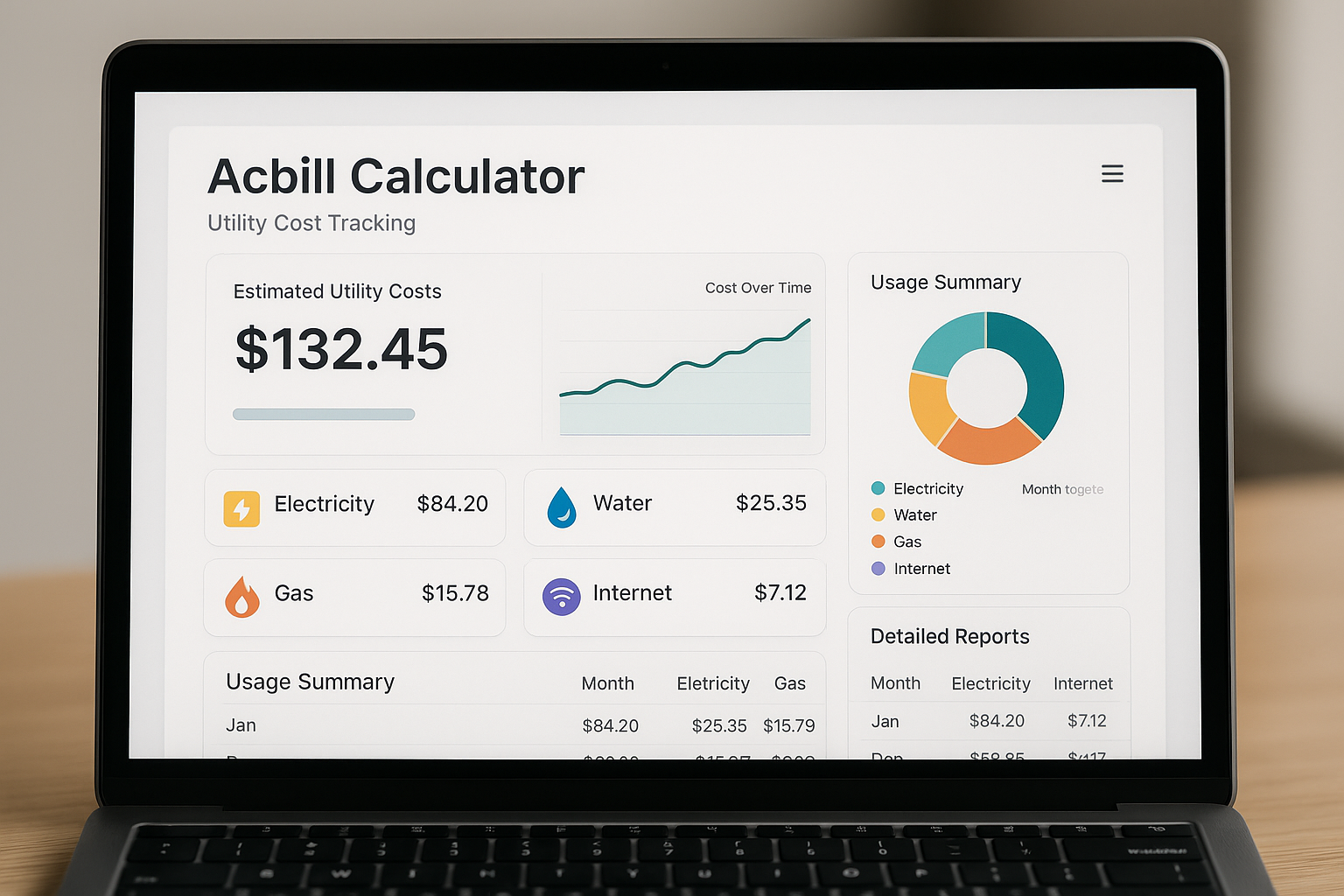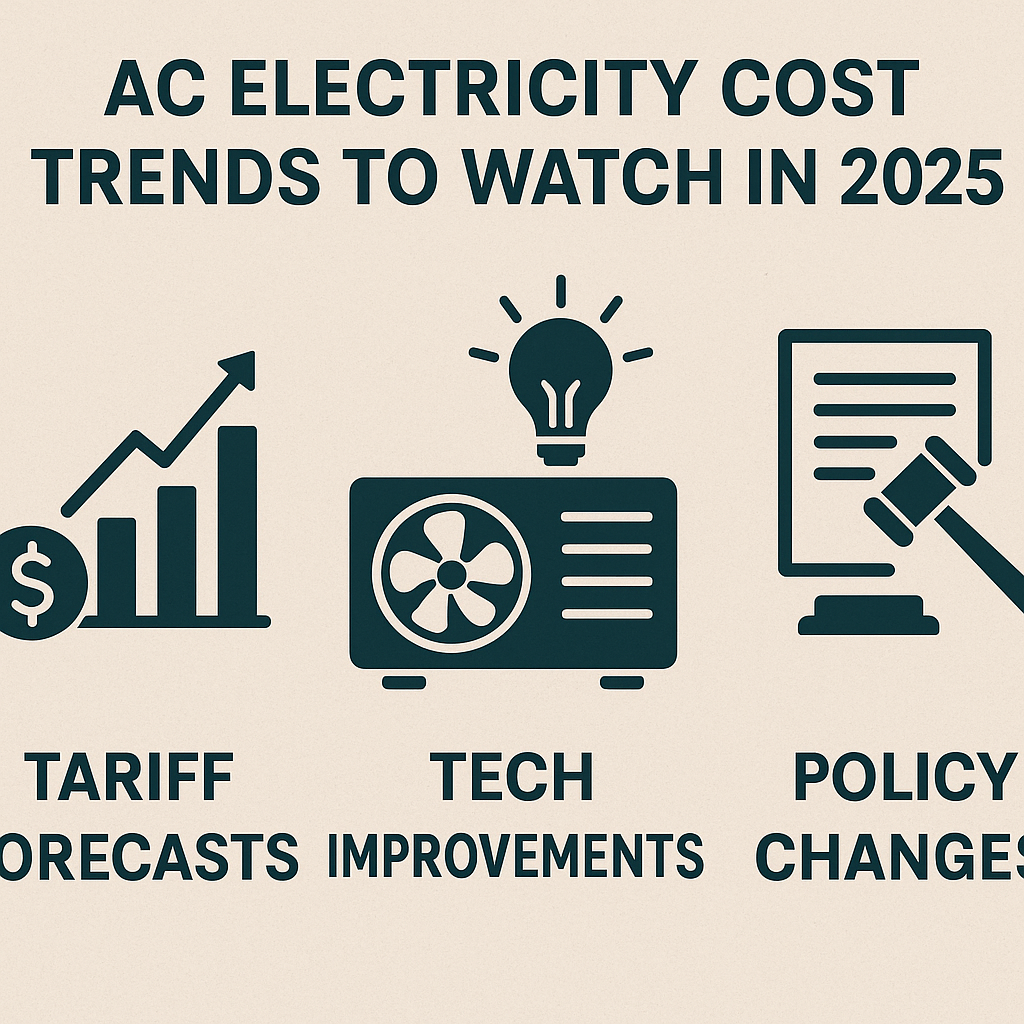
AC Electricity Cost Trends to Watch in 2025
1. Overview of Electricity Tariffs and Market Shifts in 2025
In 2025, global electricity prices will fluctuate. In some places, particularly where fuel prices are rising or grid upgrades are underway, regional tariff forecasts now indicate more modest increases. For example, countries that rely on fossil fuels could pass on increased wholesale rates to consumers for a period of time, while those that invest in renewables could see rates that are either more stable or even slightly lower.
One of the reasons for this is the volatility of the wholesale market. In regions with high gas price sensitivity, electricity tariffs reflect commodity trends. In contrast, regions with high solar and wind power production can protect consumers against increases, which equalizes the impact of AC electricity costs in 2025.
Overall, companies and households may experience seasonal benefits, high and low prices, and even local extremes, so it is important to stay informed about the latest tariff forecasts and their impact on overall AC bill patterns.
2. Emerging Technologies Reducing AC Electricity Demand
Inverter and variable-speed AC systems are becoming mainstream. These modern units adjust their cooling output to your needs, unlike older fixed-speed models that cycle on and off. The result? An average of 20-30% improved efficiency, which translates into significant savings on your monthly bill.
Another change is the smart thermostat. These save on wasted cooling by learning your habits and adjusting your setpoints. Others combine weather forecasts or electricity rate data to pre-cool your home during off-peak hours - a real advantage in terms of AC electricity costs in 2025.
Advances in refrigerant technology and heat transfer are also leading to increased efficiency. Recent refrigerants such as R-32 have improved thermodynamic properties and evaporator designs ensure that the system will cool with less electricity. A combination of such upgrades can be implemented to reduce kilowatt-hour electricity consumption during AC mode operation.
3. Policy and Regulatory Drivers Influencing AC Costs
Governments around the world are encouraging efficient cooling by offering subsidies, rebates, and incentive programs. These can be tax credits for installing high-efficiency systems or rebates on ENERGY STAR rated AC units by 2025. These subsidies reduce the initial cost and lead to long-term savings.
In addition to carbon pricing, emissions regulations also affect costs. Carbon taxes imposed on utilities can be partially passed through electricity rates to make efficiency improvements more affordable. Meanwhile, stricter construction and appliance energy codes are driving more efficiency in new buildings.
Demand charges and time-of-use rates are diffusing. Customers are paying higher to use during peak-hours instead of a flat charge. This change forces users to be more attracted to off-peak cooling plans and can alter the ac bill trends with load-shifting behavior rewards.
4. Consumer Behavior and Trend Responses
Consumers are already adapting. Many use peak-shaving methods such as pre-cooling or setting the setpoint higher during high-rate periods to save on bills. When combined with smart devices, these measures are effective in controlling AC electricity costs in 2025.
Changing habits also helps. Simple steps like turning the thermostat up a notch or two will reduce cooling costs by 3 to 5 percent. Installing fans during hot weather, painting the windows, or insulating buildings can help reduce the strain on AC systems. As more homeowners adopt these types of lifestyle changes, the overall demand curve will be affected – and this, in turn, could affect future rates in a similar way.
5. Forecasting AC Electricity Bills: What Households Can Expect
Now what will your AC bill in 2025 look like? Estimates differ widely by area, but here's a simplistic model:
Region | Monthly AC Electricity Cost* | Relative Change vs. 2024
Urban (High Rates) | $120–$150 | +5–10%
Suburban (Moderate) | $80–$110 | +2–5%
Renewable-Rich | $60–$80 | Stable or –2%
*Normal use estimates of the average summer months. Depending on your use, local rates and efficiency, your actual bill might vary.
These numbers imply that homeowners in the high-rate neighborhoods need to be ready to spend more, whereas those in cleaner-energy neighborhoods might experience only slight adjustments- or even no changes. These increases can be mitigated to a large extent by tech adoption and behavioral changes.
6. Preparing for Future Savings: Tips and Strategies
Looking ahead, here are practical steps to manage or lower your ac bill trends in 2025:
- Install efficient AC units: Variable-speed and inverter models have a higher performance per watt.
- Maintenance of schedule: Clean filters, refrigerant check, and service ducts to maintain systems efficient.
- Take advantage of off-peak rates: Take advantage of the cheaper hours to run your AC when the energy is cheaper and pre-cool your space when energy is cheaper.
- Make the home more efficient: Insulate, cover windows, put in ceiling fans, or smart ventilation to decrease the use of mechanical cooling.
These measures assist in reducing energy consumption as well as offsetting financial burdens associated with an increase or decrease in the electricity rates.
FAQs about AC Electricity Cost Trends in 2025
1. Will the prices of electricity continue to increase in the year?
Yes, in many areas. Tariffs could be increased due to fuel and infrastructure capital investments, but renewable energy development may offset this in other cases.
2. Are solar panels worth using to cover AC costs?
Absolutely. The use of solar and battery storage, or net-metering can lower, and even zero, AC electricity expenses, by a dramatic margin, at least during daylight hours.
3. Will smart thermostats be worth the money in 2025?
Definitely. Smart thermostats can reduce energy consumption and air conditioning expenses up to 15-20 percent by learning about usage patterns and making the most of cooling schedules.
4. Are government rebates universal?
No. Incentives are country, state, and municipality driven. Confirm with local utility/energy authority to determine what programs you are eligible.
5. At what rate will I save by using an energy saving AC?
As much as 30 percent relative to older models, depending on the type of system (inverter/variable speed) and the pattern of use.
6. Is time of use pricing changing on the part of AC users?
Yes, it's becoming more common. With dynamic pricing used by the utility companies, it is economically viable to use AC on the off-peak period.
Conclusion
AC power consumption in 2025 is a challenge and an opportunity at the same time. While tariffs may increase in certain areas, smart technology, efficiency improvements and policy-driven incentives open the way to control the pattern of AC bills and reduce them. Households can stay cool and still stay informed, changing their behavior without putting pressure on the bank.
